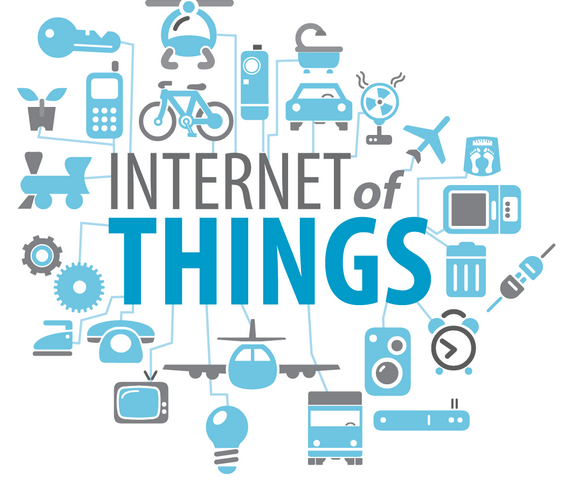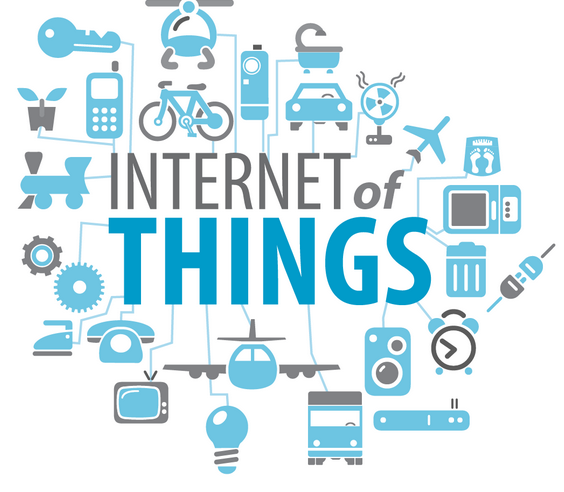 Increased connectivity, smart homes, wearable watches and innovative connected devices are quickly changing the way we think, function and live. The “things” consist of a panoply of devices that provide a perceived value or service to consumers. The devices are intuitive, functional and provide a practical function. The IoT is not some far-fetched, future reality that has yet to be realized. Far from it, connected devices that make up the Internet of Things outnumbers the population of the world by 3 to 2. The rise of the Internet of Things makes life easier for consumers, but will also require advanced threat defense strategies to protect consumers from data theft and other invasions of privacy using aggressive measures including advanced threat defense.
Increased connectivity, smart homes, wearable watches and innovative connected devices are quickly changing the way we think, function and live. The “things” consist of a panoply of devices that provide a perceived value or service to consumers. The devices are intuitive, functional and provide a practical function. The IoT is not some far-fetched, future reality that has yet to be realized. Far from it, connected devices that make up the Internet of Things outnumbers the population of the world by 3 to 2. The rise of the Internet of Things makes life easier for consumers, but will also require advanced threat defense strategies to protect consumers from data theft and other invasions of privacy using aggressive measures including advanced threat defense.
Each “thing” has a uniquely identifiable code or frequency that is able to work within the Internet’s existing infrastructure. Consumer IoT devices include smart watches, automobile sensors, smart floors that respond to environmental conditions, fitness tracking devices and alarm clocks that gently wake you during the lightest part of your sleep cycle. The Internet of Things has the potential to make life easier and help people get more done with their day. The growth of IoT technology is largely attributed to the growth of cloud computing, increased analytics capabilities, increasing connectivity of machines and networks. Microsoft’s Bi working on Hadoop is a prime example of cloud computing and integration putting big data into the hands of small businesses and doing it affordably. The barrier to entry for big data has never been lower. Which is allowing the spread of applications that connect customers and manufacturers in ways never before imagined.
The Future of Information
The opportunities presented by big data are enormous, and consumers are likely to find that the privacy concerns over big data give way to the additional convenience and promise of a better quality of life. Consumers that have had trouble taking charge of their health in the past can now use integrated watches that automatically track movements, calories burned and daily caloric intake. Smart apps connected to these wearable devices make use of bar code scanning to quickly enter in nutritional information for an astonishing collection of user-submitted nutritional data. This allows consumers to more easily track their eating habits, make smarter choices and ensure they are getting the right nutrients to operate at their peak efficiency. On the other hand, it fuels the data-driven marketing surge that is a result of the growing amounts of consumer data. This has allowed marketers to narrow their pitch to each specific person they get information on.
Wearable technology and other connected devices are literally everywhere. They can be found proudly clinging to the joggers wrist, adorning shoes, hanging from your phone and wrapped up in your life. Devices are continually counting calories, steps, heart rate, helping to manage your golf swing, and collecting data about the way you move and operate on a daily basis. One of the concerns with this technology has been battery life. As these devices are used throughout the day, solar-powered smart watches such as the Nevo Solar and the UVN Shake are beginning to make their mark on the world.
The typical scenario for a bit of wearable technology involves a set-it-and-forget-it approach to technology, where you input your preferences and let the device gather data and work in the background while you go about your day. A typical fitness tracker may keep track of your steps and report how many calories you burned at the end of the day. This sort of upkeep allows you to better manage your health by knowing exactly how many calories you need to consume to lose or maintain your weight.
Making Sense of Big Data on a Micro Level
The main problem with this sort of information is that it doesn’t provide any data that a consumer can readily act upon. In order to understand the figures reported, you need to take that information and apply it in a practical way. For wearable technology to catch on and truly benefit consumers, the tech needs to go beyond information gathering and provide real, practical solutions based on the collected data. The name of the game in wearable tech is how well the data is going to empower consumers to get more out of their life once the data collection stage is complete. A dizzying array of wearable devices are coming out on the market, including devices that automatically record conversations, sleep monitors and reminders to complete your tasks for the day.
New categories of data are being created as a direct result of wearable tech. Nutritional information used to be something you would have to get from the food manufacturer. Now, individuals are processing and updating their data by scanning foods they eat regularly into large databases. Those interested in living a polyphasic sleep schedule can set their alarms to wake them after a single sleep cycle, and wake them at a point where they are least likely to be groggy. This information is determined based on data that is collected when an individual wakes. By simply stating whether you feel rested, neutral or tired, the app can send collected data to the developer to further improve their products.
With all the advantages that wearable data poses, there are certainly certain risks involved as well. Companies will need to take an advance threat defense approach to employees that wear their connected devices to work. Devices may compromise security by transferring plain text information over an unsecured Bluetooth connection. Documents may be taken from the office by an unwitting employee who wants to get more work done at home. Security experts warn that the data collected by these devices can’t always be guaranteed to end up in the right hands. Passwords stored on wearable tech can be accessed by increasingly tech-savvy thieves. Data can be used for unauthorized purposes, and disgruntled employees may compromise a network using a carefully programmed app.
Maintaining Transparency
Symantec, a leading tech security firm, ran an analysis of several different wearable devices. Each device was determined to be 100 percent trackable, and many of the tracking apps transmitted personally identifiable unencrypted data, including email, names, addresses and passwords. This puts consumers at increased risk for identity theft, profiling, extortion and stalking. Some employees worry that a generous corporate gift of wearable technology could turn into a way to track worker productivity.
As the Federal Trade Commission pushes for increased transparency in the world of big data, it’s important for consumers to learn to protect themselves. Big data often sells information about consumers without their explicit knowledge. The consent for this misuse is usually located deep within the terms and conditions of use that most people readily discard. The world of wearable tech has the ability to change lives, but it’s not all roses as one downside is the ability for marketers to tailor ads to users based on their activities. More sinister uses include the ability for a thief to gain access to a person’s daily activities and plan the best time to steal or break into a house. As with all new technology, consumers must stay alert, aware and abreast of their rights, risks and responsibilities to stay safe and use new technology wisely. Simply clearing your device nightly and storing the data on your computer can help improve your safety and security.






